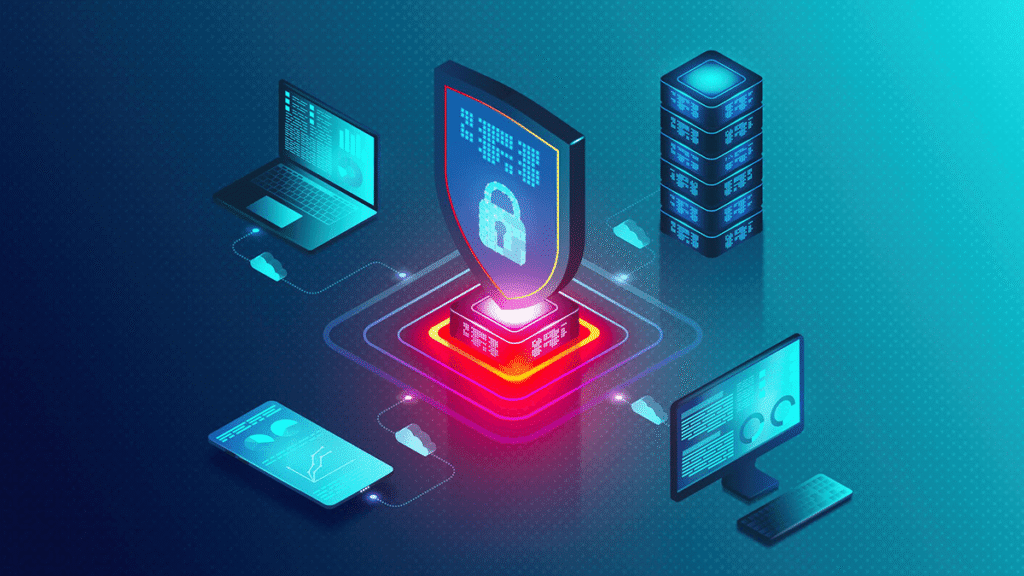Software powers nearly every aspect of modern life, from online banking to enterprise collaboration tools. But as dependency on software grows, so does the risk of cyberattacks. Traditional security models are struggling to keep pace with increasingly complex threats. Enter blockchain technology—a decentralized, tamper-resistant system that promises to transform how we think about software security.
By 2025, blockchain is no longer just the backbone of cryptocurrencies; it has become a key player in protecting software applications and sensitive data. But how exactly does it work, and why is it changing the way we secure digital systems?
Understanding Blockchain Basics
At its core, blockchain is a distributed ledger. Instead of storing data in a single, centralized server, blockchain replicates information across multiple nodes in a network. Each transaction is grouped into a “block” and cryptographically linked to the previous one, creating an immutable chain.
This decentralized structure offers several advantages for security:
- Tamper Resistance: Once data is written, it cannot be altered without network consensus.
- Transparency: Every transaction is visible to authorized participants.
- Decentralization: No single point of failure exists, reducing vulnerability to hacks.
Why Traditional Security Models Fall Short
Most enterprise software relies on centralized systems. While efficient, they present clear weaknesses:
- Single Point of Attack: If a hacker gains access to the central server, they can compromise massive amounts of data.
- Insider Threats: Employees with privileged access can misuse or leak information.
- Data Integrity Risks: Logs and records can be manipulated without detection.
These limitations have left businesses searching for stronger, more resilient alternatives. Blockchain offers an answer.
How Blockchain Improves Software Security
1. Immutable Audit Trails
Blockchain provides permanent, tamper-proof records of every software interaction. For industries like healthcare, finance, and legal services, this ensures compliance and transparency.
2. Decentralized Identity Management
Instead of relying on passwords stored on a central server, blockchain enables self-sovereign identities. Users control their credentials, and authentication happens through cryptographic proofs, drastically reducing the risk of credential theft.
3. Smart Contract Security
Smart contracts—self-executing agreements coded on the blockchain—add automated layers of protection. They ensure software only performs actions when predefined conditions are met, reducing human error and fraud.
4. Protection Against Data Tampering
Every change in a blockchain-based system is recorded and time-stamped. Unlike traditional logs, these records cannot be erased or rewritten, ensuring absolute data integrity.
5. Stronger File Transfers and Sharing
Blockchain can also enhance secure file-sharing platforms. Businesses frequently need to transfer large files online, and integrating blockchain into these processes ensures encryption, traceability, and protection against unauthorized access.
Real-World Use Cases in 2025
- Healthcare Software
Hospitals use blockchain to secure electronic health records, ensuring that sensitive data can only be accessed by verified parties. - Financial Services
Banks and fintech firms rely on blockchain to prevent fraud in digital transactions, with immutable records that regulators can audit. - Supply Chain Software
Blockchain verifies the authenticity of goods by tracking them from production to delivery, preventing counterfeit products from entering the market. - Enterprise Collaboration Tools
Platforms that support remote teams now integrate blockchain to ensure confidential documents remain secure during collaboration. - Government Systems
Blockchain secures digital voting platforms, reducing the risk of tampering or fraud.
Benefits of Blockchain in Software Security
- Reduced Fraud and Hacking Risks
- Improved Transparency for Audits
- Decentralized Authentication Systems
- Resilient Data Protection Across Networks
- Enhanced Trust Between Businesses and Customers
Challenges and Limitations
Blockchain is powerful, but it’s not perfect. Businesses adopting blockchain-enhanced security must address:
- Scalability Issues: High transaction volumes can lead to slower performance.
- Energy Consumption: Some blockchains still require large amounts of energy.
- Complex Integration: Updating legacy systems to work with blockchain can be expensive and time-consuming.
- User Education: Organizations must train employees to understand and use blockchain securely.
The Future of Blockchain in Software Security
As blockchain evolves, expect to see:
- Integration with AI: AI-powered monitoring will work with blockchain to detect unusual activity in real-time.
- Quantum-Resistant Cryptography: Blockchain will adapt to defend against quantum computing threats.
- Mainstream Enterprise Adoption: By 2030, blockchain-backed security could be as common as firewalls are today.
Conclusion
Blockchain is changing software security by addressing the fundamental weaknesses of centralized systems. With its decentralized, transparent, and tamper-proof design, it offers a robust defense against modern cyber threats.
From healthcare to financial services, blockchain-enabled software security is already proving its worth in 2025. While challenges remain, the shift is clear: the future of secure software will be built not just on code, but on trustless, decentralized networks.


